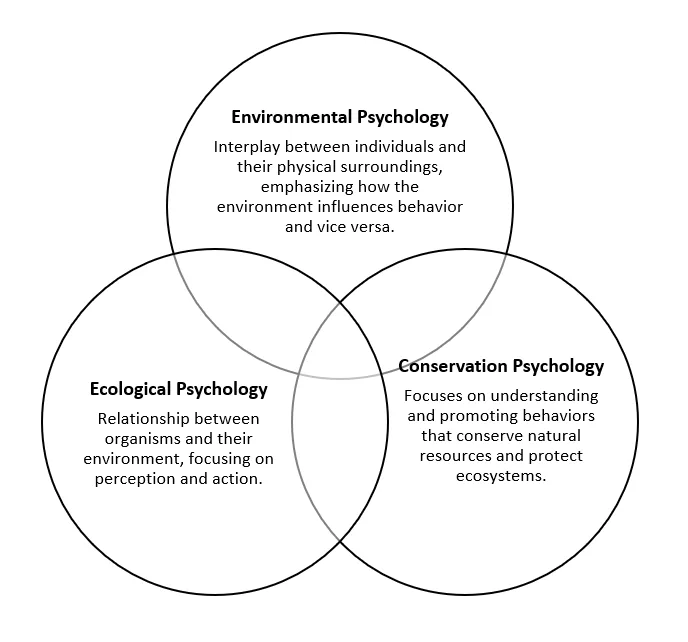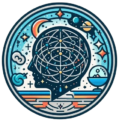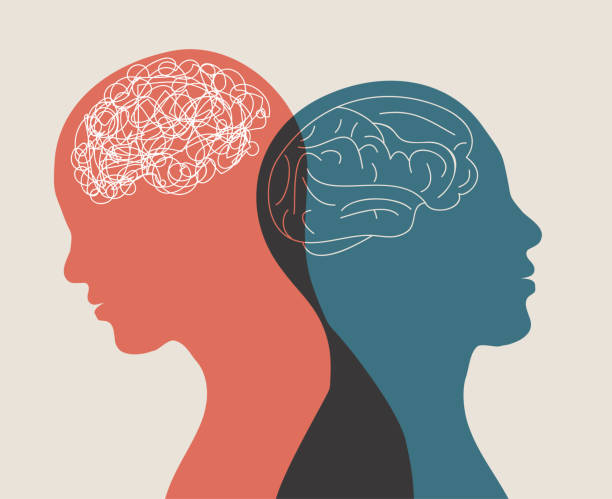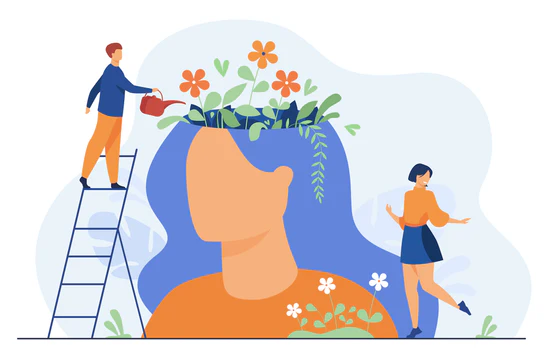Picture this: a quiet nature, filtered sunlight, birdsong, a gentle breeze. Sounds cliché? Maybe—but there’s real science backing the therapeutic power of these moments. Welcome to ecopsychology, the marriage of ecology and human psyche, and the vibrant world of nature-based therapy.
Read More: Eco-Anxiety
What Is Ecopsychology?
Ecopsychology explores our emotional connection with the Earth—not just as scenery, but as an emotional ecosystem we’re part of. It suggests that modern life has distanced us from nature and that this disconnect contributes to mental distress. Healing, then, begins with restoration—not just of the environment, but of our bond with it (Roszak, 1992).

There’s a blossoming field of research showing that even short bursts in nature can reduce stress, anxiety, and depression. Forest bathing—shinrin-yoku—popularized in Japan, has been found to lower cortisol levels, boost mood, and even sharpen sleep and immune responses (Antonelli et al., 2019). Experts recommend around 120 minutes per week immersed in nature for noticeable benefits (White et al., 2019).
Nature as Attention Fixer-Upper
You know that mental fog after hours of video calls? Nature can help. Attention Restoration Theory (ART) argues that natural scenes invite what psychologists call “soft fascination”—like dancing leaves or rippling streams—which effortlessly restores focus and replenishes our cognitive batteries (Kaplan, 1995).

Urban greenery isn’t just pretty—it’s powerful. Studies from London’s Urban Mind project show that living near or even casually encountering green spaces, like birdsong, can lower depression risk by about 20%, reduce loneliness by 28%, and ease mental fatigue (Bakolis et al., 2022). Active involvement—like gardening—amplifies these effects.
Nature-Based Therapy in Practice
A pilot study in Germany involving nature-based therapy for psychosomatic patients demonstrated meaningful reductions in depression scores and increased overall well-being. Participants reported feeling emotionally nurtured, connected to it, and found therapy deeply meaningful—even soul-stirring (Glaw et al., 2023).
The healing comes from more than fresh air. The Calm and Connection Theory suggests it can release oxytocin—the so-called “love hormone”—fostering a deep sense of safety and connection (Beery, 2021). Meanwhile, the Supportive Environment Theory highlights the importance of a supportive physical, social, and cultural setting (Grahn & Stigsdotter, 2010). The right environment plus an empathetic therapist multiplies the therapeutic punch.
From Anxiety to Action
Beyond therapy, eco-anxiety—the chronic worry about environmental doom—is a growing phenomenon, especially among youth. While valid in its origins, psychologists note that eco-anxiety becomes unhealthy when it dominates life. Ecopsychology reframes it not as pathology, but as meaningful empathy and an invitation to reconnect—not retreat (Pihkala, 2020).
Bringing Nature Into Your Daily Life
- Carve out 2 hours weekly for “nature breathing.”
- Add city-friendly elements—houseplants, bird feeders, framed natural artwork—for daily micro-doses.
- Try “green prescriptions” like group forest walks.
- Mix mindfulness or journaling with nature: notice textures, scents, sounds—let your mind wander gently.
Final Thoughts
Connecting with it isn’t just a feel-good trend—it’s science-backed therapy. Ecopsychology and nature-based interventions offer a deeper understanding of how we can heal by healing our bond with the Earth. Our minds are part of the ecosystem—and a healthier planet nurtures healthier minds.
References
Antonelli, M., Barbieri, G., & Donelli, D. (2019). Effects of forest bathing (shinrin-yoku) on levels of cortisol as a stress biomarker: A systematic review and meta-analysis. International Journal of Biometeorology, 63(8), 1117–1134.
Bakolis, I., Hammoud, R., Smythe, M., et al. (2022). Urban green spaces and mental health: Evidence from the Urban Mind project. Scientific Reports, 12(1), 2201.
Beery, T. (2021). Oxytocin and human–nature connection: The Calm and Connection Theory. Frontiers in Psychology, 12, 620965.
Glaw, X., Kaltwasser, J., & Schuster, R. (2023). Nature-based therapy for patients with psychosomatic disorders: A pilot study. Frontiers in Psychology, 14, 991498.
Grahn, P., & Stigsdotter, U. K. (2010). The relation between perceived sensory dimensions of urban green space and stress restoration. Landscape and Urban Planning, 94(3–4), 264–275.
Kaplan, S. (1995). The restorative benefits of nature: Toward an integrative framework. Journal of Environmental Psychology, 15(3), 169–182.
Pihkala, P. (2020). Eco-anxiety and environmental education. Sustainability, 12(23), 10149.
Roszak, T. (1992). The Voice of the Earth: An Exploration of Ecopsychology. Phanes Press.
White, M. P., Alcock, I., Grellier, J., et al. (2019). Spending at least 120 minutes a week in nature is associated with good health and wellbeing. Scientific Reports, 9(1), 7730.
Subscribe to PsychUniverse
Get the latest updates and insights.
Join 3,022 other subscribers!
Niwlikar, B. A. (2025, August 20). Nature’s Secret Therapy and 4 Unique Ways to Bring It Into Your life. PsychUniverse. https://psychuniverse.com/natures-secret-therapy/



